#utricularia art
Text
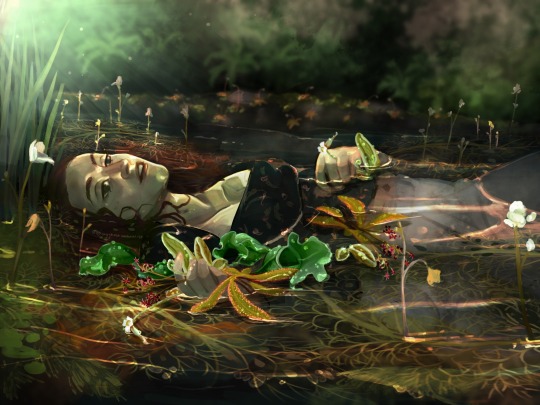

I’ve been thinking about the Ophelia / beautiful dead girl thing that is played over and over in a confusing way. I can’t really put it into words, something about there being layers to motifs and plants that are rarely pushed deeper than the immediate concept. I thought I’d try something different. These are all “carnivorous” plants, not truly ‘meat-eating’ more like catching vitamin supplements or making their own nutrient rich soil.
The first plant I wanted for this was Utricularia, the ‘bladderworts’ (bladder= sac, wort =plant), they’re under the surface. They have trigger hair bladders of varying size, some are just to catch zooplankton. They’re beautiful under the water but with just stems and flowers poking out above.
I picked the plants I chose carefully, but a lot of these notes I found after the fact. (and @crypto-botanist had perfect pictures and a very enviable username) like Drosera linearis, the sundew with red flowers. They reproduce asexually so energy sunk into flowers that don’t actually facilitate sexual reproduction is bananas! I used wiki to look through species lists and apparently Darwin said this: “…at the present moment, I care more about Drosera than the origin of all the species in the world.”
Sarracenia purpurea, the pitcher plant I chose (pics from crypto-botanist, again), is the only species that grows in cold climates. A wide distribution range is a huge advantage when ~97% of your genera’s habitat is gone. The weird thing, though, is that their seeds usually get only 5cm away from their parent plants. How did they get spread all over? We don’t know! They also have a microbiome in their pitcher fluid that helps them break down their … acquired nitrogen source. As I’m primarily a microbiologist, this makes me very happy.
The last is a butterwort, Pinguicula lusitanica, isn’t the most memorable carnivorous plant. It can be weedy for cultivators though it isn’t very genetically diverse to adapt to environmental change, still vulnerable despite temporary proliferation. Mostly this one represents one of the things I love about botanists, the love for the inconspicuous and seemly unremarkable. This popped up in the notes I found from pinguicula.org under the pictures took in the field with little personal notes and exclamation points. The ability to be obsessed with something no one else thinks about and just being excited that it exists. Scientists are very sentimental.
So I guess the flowers I chose here are analogous to Ophelia’s. Showy plants with more to offer if you manage to look (re plant blindness) and the way I’ve grown attached to this concept of poison ivy but actually as sentimental, passionate, angry and conflicted as we can be. Something like that.
#poison ivy but she’s an actual botanist#botany 2022#botany#drosera#utricularia#sarracenia#pinguicula#poison ivy art#poison ivy#poison ivy dc#pamela isley#carnivorous plants#pitcher plant#sundew#bladderwort#butterwort#character design#concept art#ophelia#illustration#artists on tumblr
182 notes
·
View notes
Text

Artwork: Utricularia species. Series: Flowers of Kaas.
#utricularia#bladderwort#carnivorous plants#flower art#flower artwork#flower drawing#kaas plateau#flowers of kaas#kas#world heritage site#flowers of western ghats#flora#botany#plants#satara#flowers#floral#wildflowers#wild flowers#botanical#scientific illustration#botanical illustration#illustration#artwork#art#artists on tumblr#drawing#world heritage#unesco#flowers of india
2 notes
·
View notes
Video
n289_w1150 by Biodiversity Heritage Library
Via Flickr:
J. Sturms Flora von Deutschland : Stuttgart :K. G. Lutz,1900-1907. biodiversitylibrary.org/page/55492586
#Germany#Royal Botanic Gardens Kew#Library#Art & Archives#bhl:page=55492586#dc:identifier=https://biodiversitylibrary.org/page/55492586#flowers#flickr#botanical illustration#scientific illustration#Utricularia intermedia#flatleaf bladderwort#intermediate bladderwort#carnivorous plant#Mittlerer Wasserschlauch
0 notes
Photo
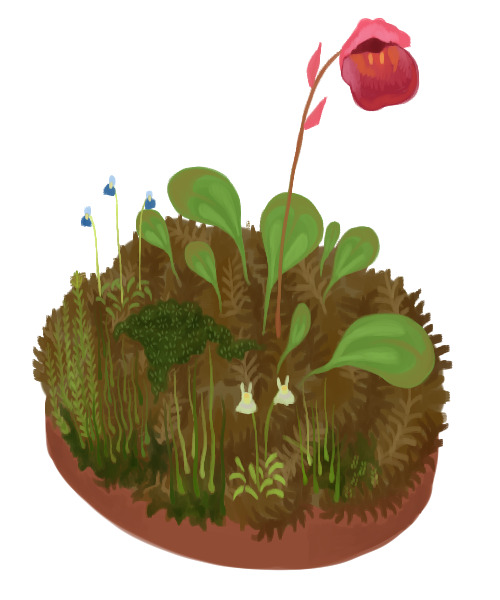
a lil pot of utricularia
#art#artist#illustrator#illustration#digital art#digital artist#painting#utricularia#carnivorous plant#fine art#commissions open#art commissions#artwork#call for artists
4 notes
·
View notes
Photo

#pinguicula tina#pinguicula#carnivorous#carnivorous plant#carnivorous plants#stefano bonalume#art#painting#gouache#gouache painting#paint#landscape painting#utricularia#utricularia livida#draw#drawing
1 note
·
View note
Video
Feeling the siphono-flow 〰️
Siphonophores (pronounced “sigh-fawn-oh-fours”) are colonial creatures made up of specialized segments that work together as one. We are excited to showcase their breathtaking beauty on Google Arts and Culture. Meet this fascinating group of animals and learn about the previously unknown species we've uncovered in 34 years of deep-sea exploration.
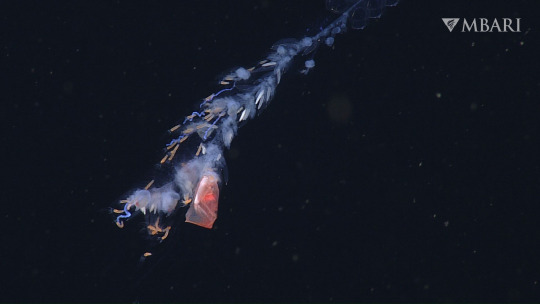
This intricate gelatinous animal is the rare physonect siphonophore, Lychnagalma utricularia. These unusual creatures are too fragile to survive traditional collection methods—they completely fall to pieces in nets. Scientists are just beginning to learn more about these dazzling deep-sea denizens using remotely operated vehicles that allow us to carefully observe them in their natural habitat. Read more about these remarkable residents of the deep.
57 notes
·
View notes
Photo
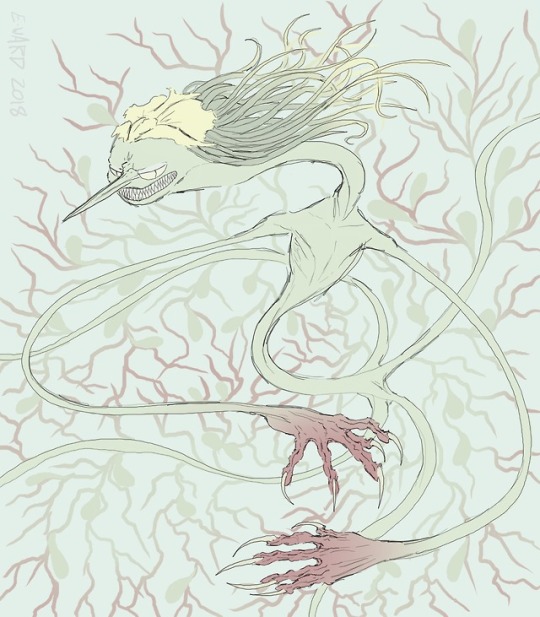
- Art trade with @undergaster. This is their character Suneku. His carnivorous plant species is a utricularia vulgaris. A plant I’ve never even heard of!
107 notes
·
View notes
Text
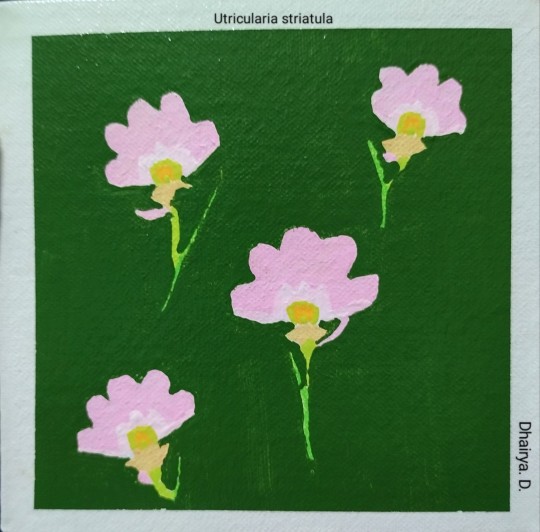
Artwork: Utricularia striatula Flowers.
Acrylics on Canvas.
#utricularia striatula#utricularia striatula art#utricularia striatula painting#utricularia#art#artwork#flower painting#flower#flowers#flower art#flower artwork#botany#botany art#painting#acrylic#acrylic painting#acrylics on canvas#flora#nature#plants#insectivorous plants#carnivorous plants#utricularia art#utricularia painting#flowers of india#flowers of western ghats#flowers of tumblr#flowers of maharashtra#flora of india#flora of western ghats
2 notes
·
View notes
Text

Artwork: Utricularia species. Series: Flowers of Kaas.
#utricularia#bladderwort#carnivorous plants#flower art#flower artwork#flower drawing#flowers of kaas#kas#kaas plateau#unesco#world heritage site#flowers of western ghats#flora#botany#illustration#artwork#art#drawing#plants#flowers#wildflowers#wild flowers#flowers of tumblr#flowers of maharashtra#flowers of india#flora of western ghats#flora of india#flora of mahatrashtra#botanical#digital painting
0 notes
Text

Artwork: Gram Blue butterfly on Utricularia.
#grambluebutterflyart#grambluebutterflydrawing#butterflyart#butterflydrawing#art#drawing#artwork#utricularia
1 note
·
View note
Photo

Utricularia reticulata is a medium to large-sized, probably annual carnivorous plant that belongs to the genus Utricularia. It is native to India and Sri Lanka. U. reticulata grows as a terrestrial or subaquatic plant in marshy grasslands or wet soils over rocks at lower altitudes up to 750 m. . . . . . . #utricularia #reticulata #carnivorousplants #india #srilanka #terrestrial #subaquatic #marshy #grasslands #wetsoil #rocks #loweraltitude #plants #nature #flowers #plantsofinstagram #garden #plant #green #plantsmakepeoplehappy #houseplants #succulents #gardening #photography #flower #indoorplants #urbanjungle #naturephotography #cactus #love #art #plantlover #trees #beautiful #homedecor #plantas #houseplantclub #plantlife #succulent #naturelovers #plantlove #bhfyp (at Yellapur, Uttara Kannada) https://www.instagram.com/p/B7LlSWNlBkg/?igshid=wzsxmxyn9xp9
#utricularia#reticulata#carnivorousplants#india#srilanka#terrestrial#subaquatic#marshy#grasslands#wetsoil#rocks#loweraltitude#plants#nature#flowers#plantsofinstagram#garden#plant#green#plantsmakepeoplehappy#houseplants#succulents#gardening#photography#flower#indoorplants#urbanjungle#naturephotography#cactus#love
0 notes